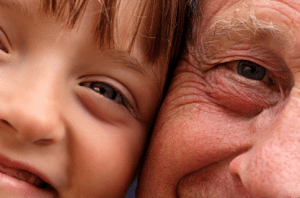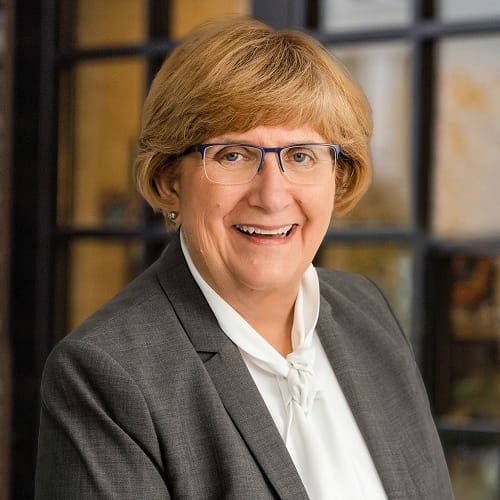
Your real age can be betrayed by your skin. Wrinkles, dry skin, age spots, and bruising can all be signs of the years written on the face, arms, hands, and legs of seniors. It is a natural part of the aging process for your skin to change as you age. But skins issues that cause discomfort should be addressed with your doctor.
Aging causes thinning of the dermis and epidermis, which can cause the skin to be more transparent. You can lose the underlying fat, and your skin will appear less plump. Over time, the sun’s ultraviolet rays can damage the elasticity of your skin and cause the skin to sag, stretch, and wrinkle. The skin can also bruise much easier. Cuts, scratches, and bumps can take longer to heal.
Sun protection for dry skin
It is particularly important to care for your skin during hot summer months. One of the main complaints in older adults is the discomfort of dry skin. The skin becomes drier due to decreased production of essential oils, such as sebum. Your skin can feel rough, itchy, and scaly. It can interrupt your sleep and leave you feeling uncomfortable and irritable.
Reasons for dry skin in the elderly:
- Not staying hydrated
- Too much exposure to the sun
- Dry air
- Stress
- Smoking
- Loss of sweat and oil glands
- Too much soap or perfume
- Health issues, such as diabetes
- Bathing in hot water
Tips to help with dry skin
- Use moisturizing creams and lotions on a daily basis. They need to be frequently applied to be effective
- Take fewer baths and use a mild, moisturizing soap. Keep water warm, but not hot
- Add bath oil to bath water, but be careful as oils can cause tubs to be slippery
- Purchase a humidifier to add moisture to the air
- Always apply sunscreen and avoid the sunshine with hats, SPF clothing, and during the hottest part of the day
- Quit smoking
Other uncomfortable aging skin conditions
Shingles. Shingles is caused by the varicella-zoster virus, the same virus as chickenpox. After you have had an outbreak of chickenpox, the virus will lie dormant in the nerve tissue until it reappears years later as shingles. Shingles is most common in those over 50 years old with a weakened immune system. It can be intensely painful with burning, shooting pain, tingling, itching, blisters, and rashes. If you suspect that you have shingles, see a doctor immediately. There are treatments to help with the severity and duration.
Skin cancer. Nearly a million people each year will develop skin cancer by the age of 65. Sun exposure is the most common cause of skin cancer, either basal cell carcinoma or squamous cell carcinoma. Regular checkups with a dermatologist can help to prevent or detect cancer. (Find out more information about skin cancer at the Skin Cancer Foundation.)
Bruising and tears. As we age, we bruise, and the skin can tear much easier because of the thinning of the skin and blood vessel walls. Loss of fat and connective tissues weakens the support around the blood vessels and skin, making it more vulnerable to injury. It can also take much longer to heal. Medication and illness can also cause bruising. We suggest you consult with a doctor if you are experiencing excess bruising and wounds that won’t heal.
Bedsores. Bedsores are pressure ulcers caused when the elderly, who have difficulty moving on their own, lie in bed or sit in a chair for long periods of time. Those with diabetes are more likely to experience bedsores because of poor circulation. A person needs to be frequently moved, repositioned, or rotated to prevent bedsores.
Sun spots. Sun spots are also called liver spots. These are flat, brown spots that appear due to the years of exposure to the sun. They often show up on the hands, face, back, and feet. These are harmless, but a dermatologist can remove them. It is so important always to wear sunscreen.
Skin tags. Skin tags are small, harmless, raised bumps. They are common in females and often appear on the eyelids, neck, and chest. They can become irritated, so a dermatologist can remove them if needed.
